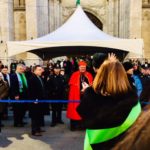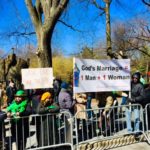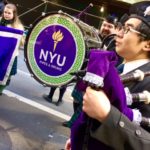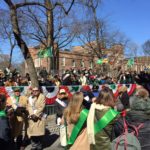The History | A Public Identity

In America, St. Patrick’s Day parade is considered the parade of parades, one that is strategically configured to show a confident, reliable, and historical image of Irish-ness meant to last centuries. The creation of this image began with parades in the nineteenth century which many historians consider vehicles of the time serving the simultaneous spread of socio-economic and political conditions in Ireland as well as in the United States. Similarly, I believe that parades are tools used in the construction and maintenance of ethnic immigrant identities, ones that transmit, through visual symbolism, political claims to the surrounding urban space. In the case of the Irish identity in North American society, I find myself agreeing with Karen Miller’s statement that “middle-class, post-Famine Catholic immigrants in American cities find it necessary to become the political leaders of the more numerous impoverished Catholic immigrants and ‘civilize’ them in order to secure their own status.”
Since the turn of the century, New York City has seen the arrival of yet another generation of Irish immigrants, hailing from Northern Ireland and the Republic of Ireland; a wave predominantly made up of well-educated, middle class men and women entering the labor market and seeking a more open-minded society. In regards to class and educational levels, these newcomers equal their Irish American counterparts. However, as soon as these young Irish individuals expressed the desire to make their presence and identity visible in the St. Patrick’s Day parade, the question of their sexual orientation and inter-ethnic relationships cracked open a can of worms long held closed by a community entrenched in its stereotypical Irish American Catholic beliefs. The planning, organization, and attendance to the event became highly divisive and political issues, with the ancestral Ancient Order of Hibernians on one side and the new Lesbian and Gay Organization on the other. Years of social mobilization and activism, including public debates, were necessary to come to a resolution and the State, as regulator of the urban space and its uses, had to step in and arbitrate the conflict.
This clash of cultures and generations illuminates the tripartite nature of the Irish parade as a matrix for social and ethnic identity construction, renovation, and defiance; how the nucleus of this identity orbits around three determinants: nationalism, ethnicity and sexuality. The former being heavily reliant upon Roman Catholic standards. Irish Americans showcase a unified identity because intergroup disagreements and tensions are tolerated as far as they are not made public during the parade. The State ruled that the Lesbian and Gay Organization was allowed to march on St. Patrick’s Day as long as they did not display any banners or flags stating who they were, how they were different, and why they were proud.
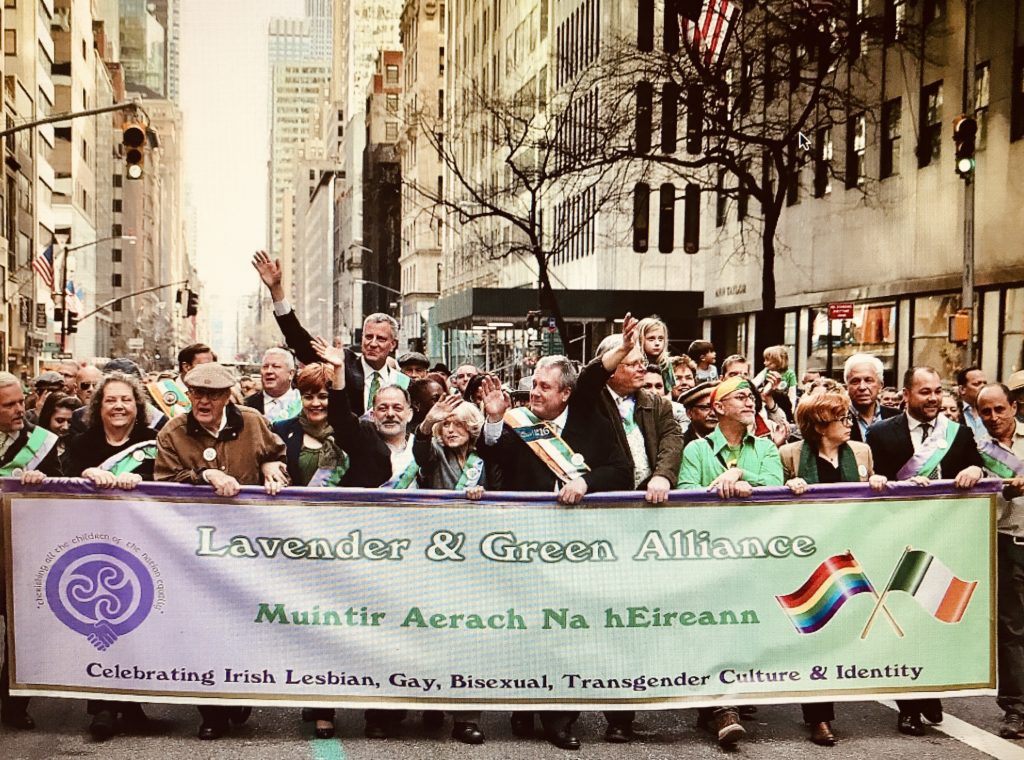
Although the St. Patrick’s Day parade remains, to this day, a cultural institution at the disposal of people of Irish descent, the reigns of identity development are securely held by those who organize the event: they remain in charge of crafting how Irish Americans are seen, navigating the murky waters between who they wish to be and who they truly are.
